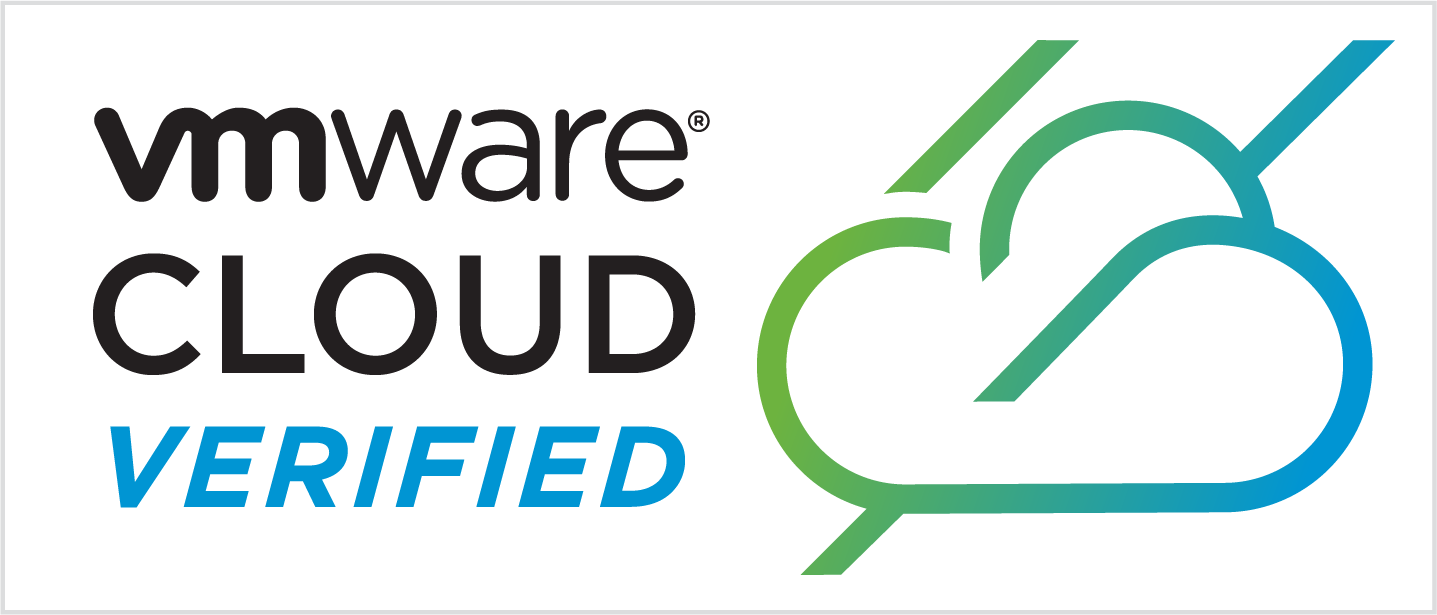In today’s fast-paced digital landscape, more and more businesses are turning to cloud solutions be that private or public to streamline their operations and stay competitive. Azure is one of the most popular cloud computing platforms on the market, providing a wealth of benefits for businesses of all sizes. However, managing Azure can be complex and time-consuming, especially for organisations without in-house IT resources. That’s where an Azure managed service from a managed service provider (MSP) like QuoStar comes in. In this blog post, we explore why an Azure managed service is critical for any business using Azure.
Cost Control
One of the primary benefits is cost control. Azure provides a wide range of pricing options and services, making it easy for businesses to overspend if not managed carefully. An MSP can help optimise Azure usage, identify unnecessary costs, and recommend cost-saving measures. They can assist in selecting the right Azure services based on specific needs, adjusting usage patterns, and leveraging cost-saving opportunities such as reserved instances.
Furthermore, an Azure managed service helps accurately forecast Azure expenses, enabling effective budget planning. This aspect is particularly crucial for small and medium-sized businesses that may lack the resources to handle unexpected costs.
Security
Security is another crucial consideration for businesses utilising Azure. As cyber threats evolve and become more sophisticated, having a robust security strategy in place is paramount. An Azure managed service can help implement best practices for Azure security, including identity and access management, network security, data encryption, and more. They also keep you updated with the latest changes, security patches, and updates to minimise the risk of security breaches and data loss.
A sophisticated Azure managed service, provided by the right MSP, can monitor your Azure environment for suspicious activity and proactively address security threats. This capability is especially important for businesses operating in regulated industries where data security is critical, such as legal or finance.
Technical Landscape
The technical landscape of Azure is constantly developing, with new features and services introduced regularly. For businesses, this presents both opportunities for innovation and challenges in keeping up with the ever-changing Azure ecosystem. An MSP can help navigate this landscape, stay up to date with the latest Azure features, and provide recommendations on how they can benefit your business. They can also help you avoid common pitfalls, such as overprovisioning or underutilising Azure services.
Automation
Automation plays a crucial role in an MSP’s services. Implementing automation on their own can be challenging and time-consuming for businesses. Automation saves time and resources, increases efficiency, and reduces the risk of errors. An MSP can automate routine tasks like patching, backups, and monitoring, allowing businesses to focus on their core operations. It also facilitates the deployment of correct frameworks and enables quick responses to security threats, minimising the risk of data loss or downtime.
Why QuoStar’s Managed Service
At QuoStar, we offer a comprehensive Azure managed service that blends automation and advanced monitoring, ensuring consistent and high-quality support. We’re committed to delivering personalised assistance to each of our clients, taking the time to understand their unique needs and tailoring our services accordingly. Here’s what sets us apart:
- Azure expertise: Our seasoned team of Azure experts goes beyond the basics, covering everything from Infrastructure as a Service (IaaS) to Platform as a Service (PaaS). Benefit from the depth of our Azure knowledge.
- Microsoft Solutions Partner: We’re not just another service provider; we are a Microsoft Solutions Partner for Infrastructure (Azure).
- Industry recognition: Finalists for Cloud Services Provider of the Year at the CRN Channel Awards 2023, which shows that we’re among the best at what we do.
- 24/7/365 support: Count on our UK-based support team to be there when you need them, ensuring your cloud environment runs smoothly around the clock. Rest easy knowing expert assistance is always within reach.
- Risk-free assessment: Take advantage of our complimentary Azure assessment; if no significant issues are found, there’s no charge.
Don’t let the complexities of Azure management overwhelm you. With QuoStar’s Azure Managed Service, you can confidently take control of costs, ensure security, and smoothly navigate Azure.
Privileged Identity Management (PIM) is an essential security practice for businesses using the cloud. It focuses on securing and managing privileged accounts and access rights within an organisation. In this blog post, we will explore the importance of PIM for businesses, particularly those using the cloud, and why every business should consider implementing it as part of their comprehensive cybersecurity strategy.
What is PIM?
PIM refers to the processes, policies, and technologies used to manage and secure privileged accounts and access rights within an organisation. Cybercriminals often target privileged accounts as a means of gaining access to sensitive information and systems. PIM aims to reduce the risks associated with privileged accounts by providing a central solution for managing and securing these accounts. It involves identifying, managing, controlling access, and monitoring privileged account activity.
Importance of PIM for Businesses
Privileged accounts are a prime target for cybercriminals, and a breach can result in severe consequences, including data theft, business disruption, and reputational damage. PIM is essential for businesses because it helps to mitigate the risks associated with privileged accounts. By implementing PIM, businesses can control who has access, monitor, detect and respond to suspicious behaviour, and reduce the impact of a breach if one occurs.
Why Every Business Using the Cloud Needs PIM
Cloud computing has transformed the way businesses operate, providing flexibility, scalability, and cost savings. However, the cloud also presents new security challenges, particularly when it comes to privileged accounts. Cloud environments typically have many privileged accounts that can access critical resources, making them attractive targets for cybercriminals. PIM is especially important for businesses using the cloud because it provides a central solution for managing and securing privileged accounts across all cloud services and platforms. With PIM, businesses can identify and manage privileged accounts, enforce access controls, and monitor activity. Implementing PIM in the cloud can also help businesses to meet compliance requirements.
Conclusion
PIM is a critical component of a comprehensive cybersecurity strategy, particularly for businesses using cloud computing. By implementing PIM, businesses can manage and secure privileged accounts, control access to critical resources, and monitor privileged activity. PIM can help to reduce the risk and mitigate the impact of a breach if one occurs. Every business using the cloud should consider implementing PIM as part of their cybersecurity strategy to protect against the growing threat of account breaches.
With 39% of UK businesses identifying a cyber-attack in the last 12 months and around one in five (21%) of these reporting a sophisticated attack such as a denial of service, malware, or ransomware¹, most of us know just how essential Disaster Recovery (DR) is.
Being proactive in protecting digital data and customer assets is no luxury when you also consider these cybercrime risks in the context of increased remote working and assets that are dispersed across locations.
Cloud-based DRaaS (Disaster Recovery as a Service) is a cost-effective, fast and airtight route to this protection.
We are now VMware Cloud and DRaaS verified
QuoStar has VMware Cloud and DRaaS verification across our next generation private cloud platforms. This can help you to safeguard valuable assets quickly and effectively against the disasters that carry a real risk to your applications and infrastructure.

Tailored to your VMware environment
By designing a DRaaS solution specifically for your VMware environment, we can give you peace of mind that your data is protected, without the need for capital investment or upskilling within your IT team.
This fast, efficient and secure disaster recovery solution, which can be from on-premises to cloud as well as cloud to cloud, gives you the benefit of:
- Automated recovery and fallback
- An RPO (recovery point objective) as low as five minutes
- Reduced operating costs
- In-house IT team freed up to focus on high-value projects
Fast, non-disruptive DR testing
Backups and disaster recovery need regular validation to ensure they will work when needed. Our cloud-based DRaaS solution reduces this risk with fast, clean simulated DR testing in minutes. This regularly scheduled testing, which is required for proper DR planning and validation, does not impact on your ongoing DR activity or IT team.
Protect collection of VMs (vApps)
The enhanced grouping and protection workflows within our service help to preserve recovery priorities and network configurations for virtual apps (vApps), eliminating the need for manual scripting and shortening RTOs.
Bandwidth monitoring
Our DRaaS solution gives you visibility into what DR is adding to bandwidth, which helps to troubleshoot latency issues. It also offers capacity reporting, identifying what DR is consuming in storage on the target environment.
Remove complexity and overhead
Working in partnership with QuoStar on a DRaaS and VMware Cloud solution gives you peace of mind that core DR operational work is managed and continually updated in line with regulatory and compliance mandates. It removes complexity and overhead from your organisation.
Neil Clark, Director of Cloud Services at QuoStar: “QuoStar obtaining both VMware Certifications (Cloud and DRaaS Verified) rubber stamps our commitment to building the best-in-class Private Cloud Platforms.
“QuoStar understands that cutting corners at this level can be catastrophic and, a lot of the time, holds businesses back from moving to the right cloud solution. By using an industry leading solution like VMware, we can provide the most reliable, highly performance and cost-effective solution to our customers.
“QuoStar’s private cloud is just one part of QuoStar’s multi-cloud solution, allowing our customers to benefit from the advantages of each cloud platform.”
_
Statistics: ¹ Cyber Security Breaches Survey 2022
If your business uses Microsoft Azure, you also need a well-designed and structured Landing Zone. A Landing Zone is a key component of the Microsoft Cloud Adoption Framework, helping organisations to better manage and scale their public cloud environments.
What makes up a Landing Zone?
In terms of Microsoft Azure, a landing zone is a combination of multiple subscriptions within an Azure Environment. These subscriptions are already set up for all areas of the platform that may be required to support the environment, whether that’s Infrastructure as a service or Platform as a service.
You could view a Landing Zone as foundations, built on solid practice and design considerations, which you can build on, expand and scale as required. The design of these foundations will differ, and the basics can be laid out differently from one Landing Zone to the other, as there is not one single design for all types of infrastructure.
While Landing Zones can vary due to their modular design and business requirements, they usually cover certain design areas, as below:
Landing Zone Design Areas
No matter what type of deployment you are designing, be it enterprise, hybrid-cloud, or a simple, small POC (proof of concept) environment, each design area listed should be considered within a Landing Zone.
- Enterprise enrolment – have we set up a tenant that will support growth and scale? How will we license it?? CSP, EA etc?
- Identity – How are we going to control identity and access? Serious consideration should be given to how this is managed.
- Network topology and connectivity – What will our network look like now and how will this scale and grow? What design considerations, such as segregation, do we need to consider?
- Resource organization – How will we organise our resources to allow for growth without red tape? What are our needs around business areas, different teams, subscriptions? And how we implement this within management groups?
- Governance disciplines – How do we stay compliant? How do we enforce security requirements? How do we ensure our data sovereignty?
- Operations baseline – How will we manage, monitor and optimise our environment? How will we maintain visibility within our environment and ensure it operates as required?
- Business continuity and disaster recovery (BCDR) – How will we plan and design for continuity and protect our data? Have we considered the need to replicate data or provide a method of restoration? Do our proposed methods meet the RPO and RTO objectives of our organization?
- Deployment options – How will we deploy our Landing Zone and resources moving forward? Will this be a manual process? Will we consider Infrastructure as Code? What methodologies for deployment could we use?
We’ve helped several customers get their landing zone to good by deploying QuoStar’s best practise landing zone framework, which implements current governance best practises, cost management protection and parameter security. This has helped them to get to a position where they have the correct foundations build upon, future proof expansion and allow adoption and implementation of a continuously evolving best practise frameworks.

Optimising manufacturing operations isn’t always easy, but it can be achieved with the right IT Solutions.
Manufacturing businesses are typically the best at seeking out efficiency and productivity in their operations, particularly on the shop-floor. However, many still do not apply the same LEAN principles to the rest of their operations, and that can mean the optimisation of processes is more challenging because of a lack of consistency throughout the business.
Systems and process analysis, and automation can be used throughout an organisation to drive down inefficiencies. IT is certainly an enabler of an efficient and well-performing optimisation.
As QuoStar’s Robert Rutherford was recently quoted in the Manufacturer: “Finance operations, for example, are often very bloated, but IT can facilitate outsourcing or offshoring, not only reducing costs but also allowing the process to become quickly automated to a good extent.”
What types of IT solutions and services can help with Optimising manufacturing operations?
Historically, manufacturers were always at the forefront of technology. This has in many ways meant that they experienced the falls and disappointments that come with testing cutting edge solutions. However, technology systems have also been driving results for manufacturers in some areas – such as IoT, cloud services and CRM.
Internet of Things (IoT)
The Internet of Things (IoT) has certainly given advantage to manufacturers both on the shop-floor and within their products on customer sites – by helping in support and maintenance, but also in querying big data for insights and value. It’s driving decisions around productivity, wastage and research & development to deliver wins across the board.
Cloud Services
Cloud services are also still extremely valuable to manufacturers. Although many still keep heavy processing in a private cloud, the public cloud (particularly AWS and Azure) allows operations and development to flex, trial and scale-up (and scale-out) without the traditional costs and complexities of big kit in the server room. The pandemic has heavily accelerated change. Customers have demanded faster innovation, more data and information, greater integration, and increased security.
CRMs
CRM systems have moved on significantly and its greatly improving the service manufacturers are able to deliver to customers, whether it is on managing expectations, delivering value or collecting relevant information. They can also drive an increase in sales in terms of new business wins, cross-sales and real-engagement with marketing automation.
Big CRM projects were historically associated with large capex costs. However, now they virtually all come in a cloud-based delivery model on a price per user basis.
Digital Transformation Road Mapping & IT Consultancy
QuoStar specialise in IT solutions. We can help with Digital Transformation Road mapping, as well as offering IT Consultancy services. Don’t with QuoStar you also have access to a CIO Service too!
